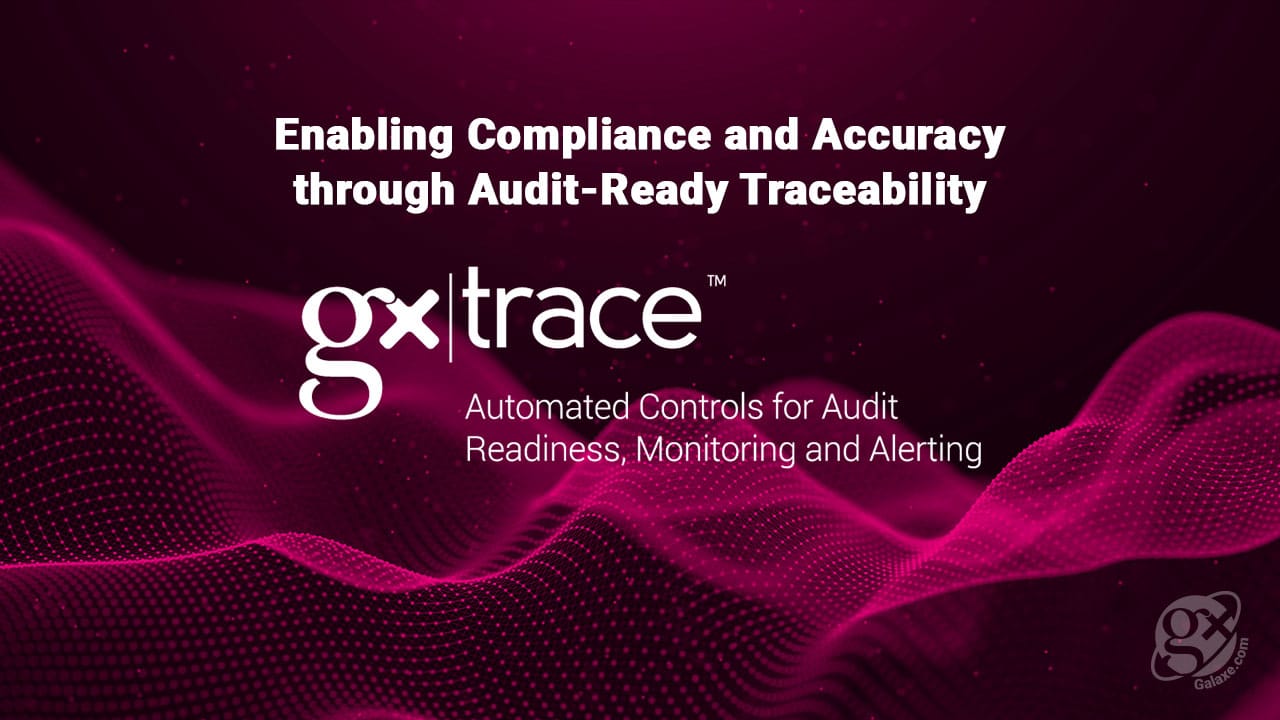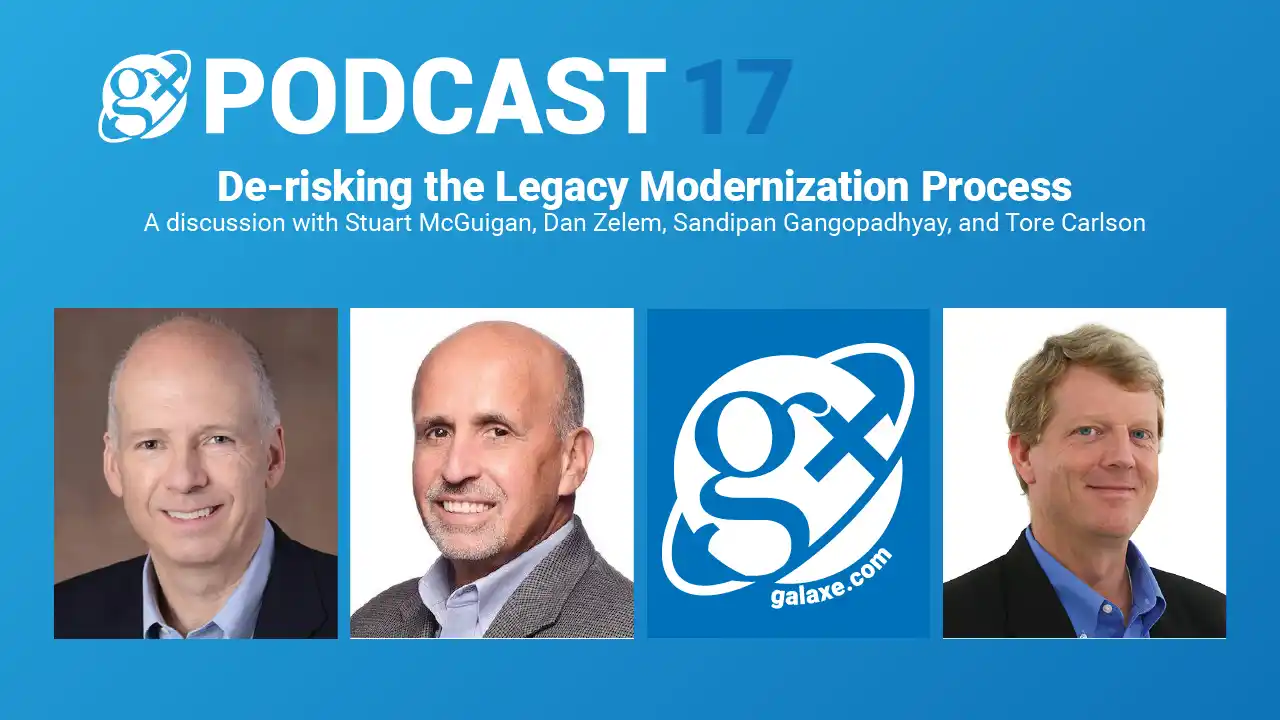Without robust information sharing, the healthcare industry will be dead in its tracks. Unfortunately, even after decades of technological advances and increasing industry collaboration on standards adoption, some health information technology (HIT) systems still lack interoperability, preventing provider organizations from effectively tracking their performance, managing transitions of care and coordinating care.
Successful participation in growing value-based reimbursement programs requires exchange of discrete data so clinical and financial outcomes can efficiently be measured across practices with different systems.
Interoperability in healthcare is a complex endeavor because clinical data often are not based on a common medical vocabulary and are used in different ways, with disparate formats, triggers and transport methods. For example, a payer might want a pipe-delimited file (one in which each line of text is a record and fields are separated by a known character) uploaded monthly, while a primary care provider (PCP) might use a consolidated clinical document architecture (C-CDA) standard and request documentation every time there is a change in data.
Although lots of data exist in healthcare, the majority cannot be easily accessed and transformed into secure, actionable information across stakeholders without significant effort spent mapping the vocabulary of datasets.
Providers Feel Pressure
One impetus behind value-based programs is to address the rising costs of healthcare with a focus on chronic conditions. Patients with complex chronic conditions often have multiple experiences with a health system. For example, once a hospitalized diabetic patient is discharged, she might then seek the services of her PCP, cardiologist, endocrinologist and podiatrist or visit an acute care center. Each provider might use data differently and most likely rely on different systems and vocabularies rather than on one communication tool that can aggregate and normalize data.
Payers are increasingly pressuring providers to meet requirements that are impossible to achieve without a fluid exchange of rich, standards-based data. These pressures and other downward trends impacting reimbursement have caused many organizations to merge or shut their doors. For those that have not, many independent ambulatory practices feel compelled by market forces to broaden their affiliations with enterprises, such as accountable care organizations (ACOs). To meet these organizations’ data needs and continue to succeed without disrupting provider workflows, affiliates must either rely on meaningful data exchange or additional support staff whose cost further erodes their constrained margins.
Patients also are requiring providers to offer highly coordinated care based on data sharing because of their growing role as healthcare consumers. Paying more than $4,000 per year in out-of-pocket expenses, a typical American family of four expects their doctors to reduce waste and inconvenience by collaborating to deliver better outcomes and to provide access to secure patient records available in an electronic, digestible format for viewing by all family members, their clinicians and others authorized to do so.
The shift to a value-based, reimbursement model coupled with consumerism requires adoption of HIT to measure outcomes, identify at-risk patients and successfully analyze quality performance and trends over time. Organizations that rely on bad data or the lack of meaningful information run the risk of falling behind market demands and being shut out of the new healthcare marketplace. How they invest in HIT is a decision that should be a cornerstone in their financial and clinical strategies.
Choosing HIT Wisely
Clinical connectivity, or interoperability, accrue benefits in care coordination, efficiency and patient outcomes. For these reasons, the Centers for Medicare & Medicaid Services (CMS) has driven electronic health record (EHR) adoption through its incentive-based Meaningful Use (MU) program and is focused on achieving higher levels of interoperability.
Here are some things providers should consider as they evaluate HIT solutions for ensuring their success in the next decade:
- Use open, cloud-based systems. Open application programming interfaces (APIs) streamline free sharing of information across a wide range of EHRs and other HIT systems. A cloud-based exchange engine from an HIT vendor enables connections to be built once and not require expensive and time-consuming, point-to-point interface development. Benefits of API-based systems include reduced downtime as systems from multiple vendors are upgraded, added and maintained; prevention of data loss in cases of natural disasters thanks to offsite, cloud backup and recovery; and 24/7 secure access to information from virtually anywhere.
- Deploy an EHR-agnostic population health management tool. This kind of tool is designed to reach across systems to gather and view clinical and claims data, applying robust analytic, risk stratification and care management capabilities. A population health solution must be able to work seamlessly with multiple EHRs utilized by a variety of healthcare organizations. Å flexible solution—usually best deployed in the cloud—can pull cost and quality information from virtually any HIT system into an electronic data warehouse and present it in customizable formats for viewing. This makes it possible to hierarchically manage quality and costs at every level of an organization through actionable visualization. Providers can maximize their share of captured savings in an ACO, for example, by reacting to factors causing underperformance.
- Adopt common medical vocabularies, clinical quality measures and coding standards. Clinical and claims data must use common coding standards and clinical vocabularies. Although Logical Observation Identifiers Names and Codes (LOINC), a universal standard for identifying medical laboratory observations, has been around for more than two decades, many labs still don’t codify results to this generally accepted standard. Payers could also help by leveraging existing national quality measures across their various plans.
- Don’t settle for just claims data. Many older and/or less-robust HIT systems share only claims data rather than rich clinical data. Without the latter, care decisions are made with outdated and incomplete information. Claims data are tied to use of healthcare services, not to a person’s health status. However, regular claims’ feeds from payers could present a picture of services used by patients outside a provider’s network. Data: the Industry’s Lifeline Provider organizations looking to survive and thrive will depend on data—rich, timely and simply presented to meet stakeholders’ needs. This is integral for tracking the progress of populations under their care, identifying and implementing effective solutions to optimize health and recognizing gaps in care.
By targeting gaps in care, providers could identify patients who need preventive care or who are more at risk and demand specialized services, along with better managing transitions of care. Reports should enable customization with dashboards that provide instant access to clinical and financial performance. In addition, a robust care management solution should include a high-level view that supervisors can use to assign care managers to patients and make the best use of resources.
Girod CS, Weltz SA, Hart SK. ”2015 Milliman Medical Index.” Milliman Research Report. May 19, 2015. Christina Slade, MBA, is the vice president, product management for cross-platform solutions at Greenway Health, an ambulatory information platform solutions provider. Contact Christina at Christina.slade@greenwayhealth.com








